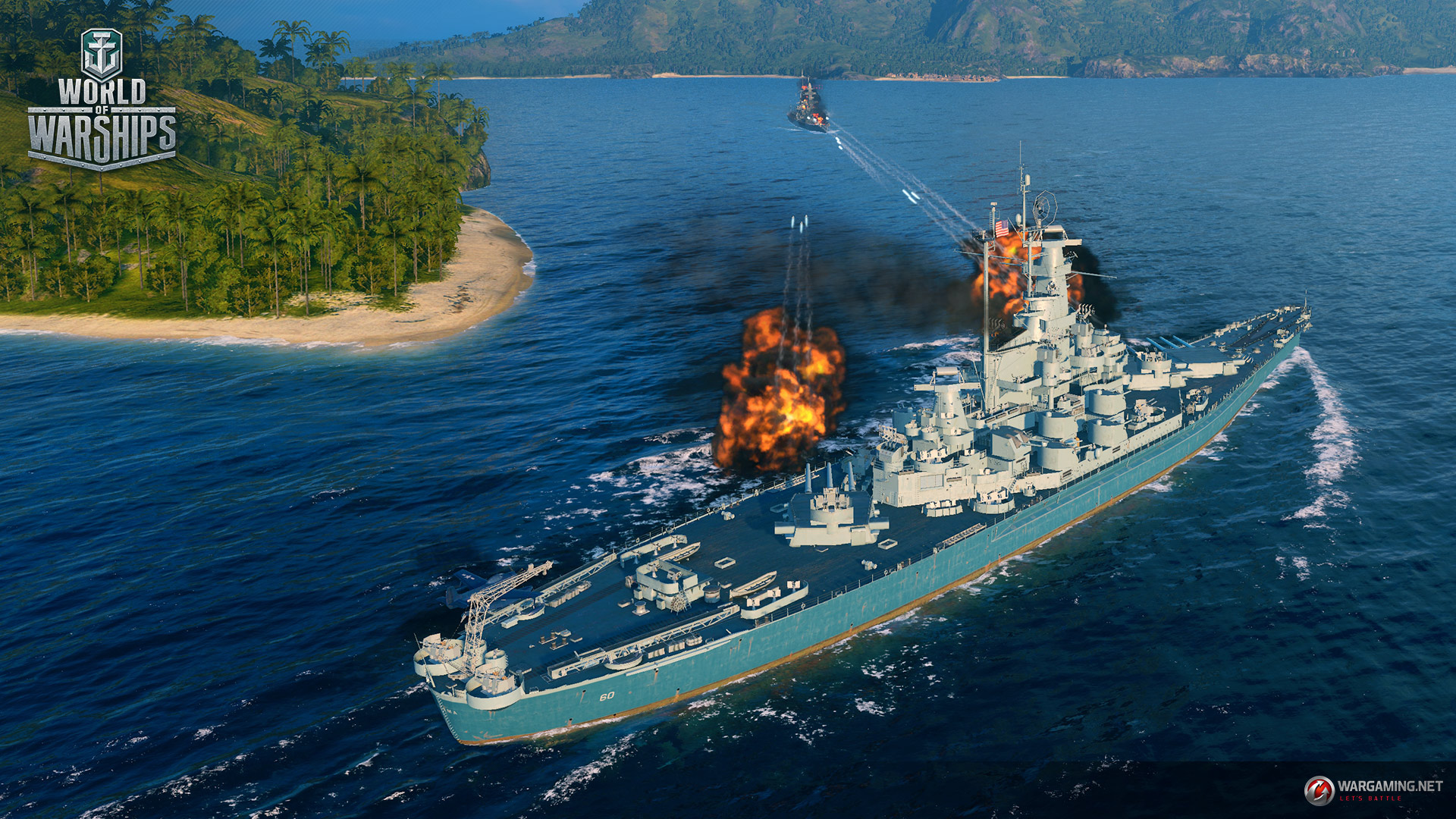

Roosevelt crossed party lines, brought federal funds to New York City, and cut off patronage to La Guardia's Tammany enemies. His support for the New Deal and relationship with President Franklin D. La Guardia was also a highly visible national political figure. He also re-established merit-based employment and promotion within city administration. He pursued a long series of political reforms, curbing the power of the powerful Irish-controlled Tammany Hall political machine that controlled the Democratic Party in Manhattan.

As mayor, during the Great Depression and World War II, La Guardia unified the city's transit system expanded construction of public housing, playgrounds, parks, and airports reorganized the New York Police Department and implemented federal New Deal programs within the city.

Before serving as mayor, La Guardia represented Manhattan in Congress and on the New York City Board of Aldermen. He was born to Italian immigrants in New York City. A panel of 69 scholars in 1993 ranked him first among the ten best mayors in American history. A liberal member of the Republican Party, La Guardia was frequently cross-endorsed by parties other than his own, especially parties on the left under New York's electoral fusion laws. He was known for his irascible, energetic, and charismatic personality and diminutive, rotund stature. Fiorello Henry La Guardia ( / f iː ə ˈ r ɛ l oʊ l ə ˈ ɡ w ɑːr d i ə/ born Fiorello Raffaele Enrico La Guardia, Italian pronunciation: December 11, 1882 – September 20, 1947) was an American attorney and politician who represented New York in the House of Representatives and served as the 99th Mayor of New York City from 1934 to 1946.


 0 kommentar(er)
0 kommentar(er)
